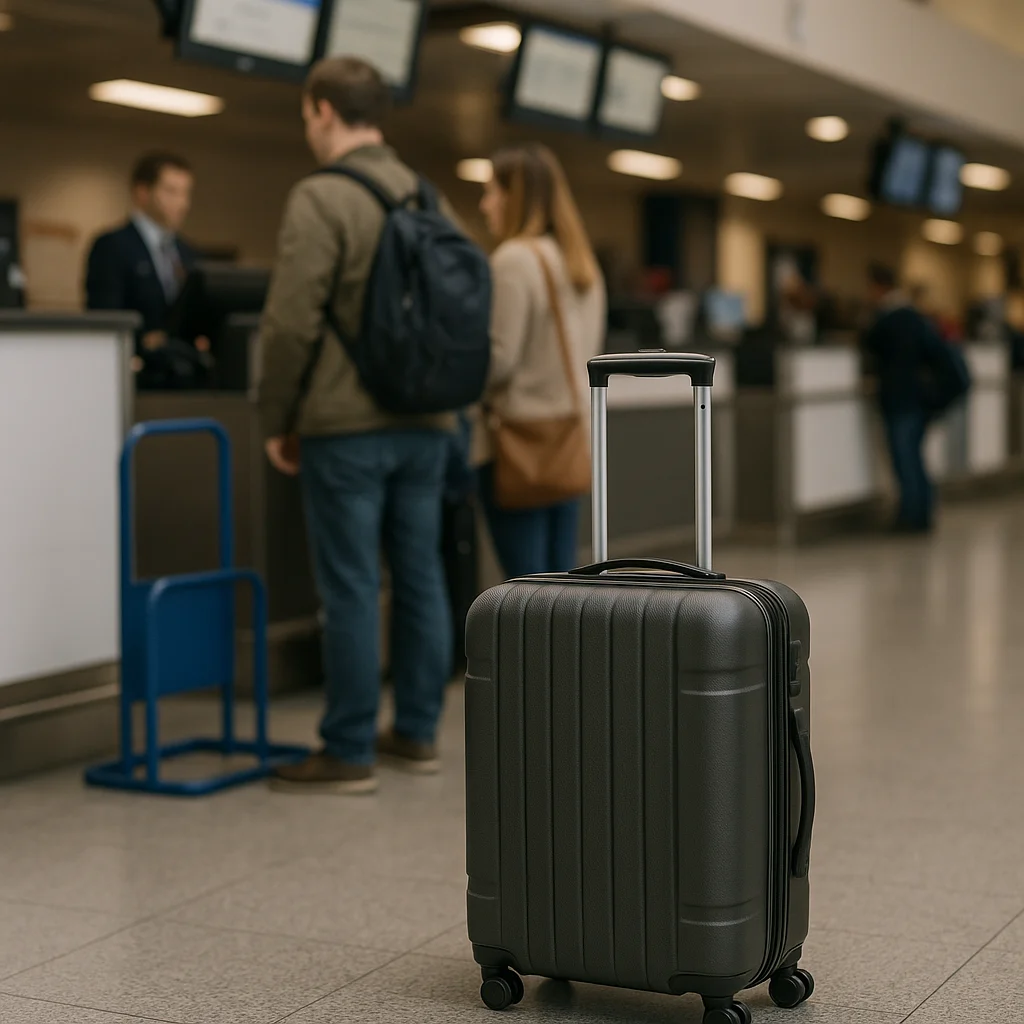Transforming Borders: What Schengen 2025 Means for Travelers
The Schengen Area is poised for a significant transformation in 2025, promising a profound impact on millions of travelers and EU members. With evolving security challenges, technological advancements, and shifting geopolitics, the roll-out of reforms known as Schengen 2025 aims to modernize how borders are managed across Europe. Whether you’re a frequent traveler, a business professional, or simply curious about Europe’s future mobility landscape, understanding these upcoming changes is vital. Schengen 2025 is set to refresh the area’s border control, visa policies, and data-sharing systems to create a safer, more seamless travel experience across member nations.
Key Changes to Border Control Under Schengen 2025
One of the core pillars of Schengen 2025 is the overhaul of border control mechanisms to address emerging security concerns while maintaining the open internal borders that define the Schengen zone.
Enhanced External Border Surveillance
EU member states will implement advanced technologies such as biometric facial recognition, AI-driven risk assessments, and automated entry/exit systems. These upgrades aim to:
– Strengthen the security of the external borders without causing delays
– Facilitate smoother entry for legitimate travelers
– Reduce illegal border crossings by improving identification
For example, the new Entry/Exit System (EES) will record travelers’ biometric data and travel details, replacing manual passport stamping. This modern approach will speed up processing and help detect overstayers more efficiently.
Smart Borders and Digital Solutions
Schengen 2025 will introduce smart border infrastructure combining digital transformation with standard border checks:
– Automated gates using e-passports and facial recognition
– Pre-travel electronic authorization linked to biometric verification
– Real-time data exchange among member states’ security agencies
These technologies will reduce queues at border crossings, enable remote document verification, and strengthen cooperation between countries within the Schengen zone.
Visa Policy Reforms: Simplifying Travel While Ensuring Security
Visa provisions under Schengen 2025 will undergo important reforms, aimed at balancing easier access with stringent security checks.
Expanded Visa Waiver Programs and Short-Stay Regulations
Several non-EU countries will benefit from eased short-stay visa requirements, allowing more travelers to enter the Schengen Area for tourism or business without excessive paperwork. These changes include:
– Streamlined visa application processes
– Shorter decision times with clearer eligibility criteria
– Enhanced traveler pre-screening systems integrating biometric data
This approach supports greater mobility while ensuring border authorities have reliable information on visitors before arrival.
Introduction of ETIAS: Pre-Travel Authorization
Perhaps the most notable change under Schengen 2025 is the launch of the European Travel Information and Authorization System (ETIAS), a pre-travel screening system for visa-exempt visitors. Key features include:
– Mandatory online application prior to arrival
– Automated security and health risk assessments
– Validity for multiple trips over three years
ETIAS will enable authorities to identify potential threats early while offering travelers a simple and transparent permission system, making cross-border movement safer and more efficient.
Strengthening Data Sharing and Cooperative Security
Schengen 2025 also focuses on fostering deeper collaboration among member states through improved data sharing and joint security operations.
Centralized Information Systems
The expansion of centralized EU-wide databases will facilitate rapid communication between border agencies, police, and intelligence services. Vital systems include:
– SIS II (Schengen Information System) updates for better tracking of wanted persons and lost items
– VIS (Visa Information System) improvements ensuring quick access to visa applicant data
– ECRIS-TCN (European Criminal Records Information System for Third-Country Nationals) integration
These systems improve cross-border law enforcement cooperation, essential for combating terrorism, organized crime, and human trafficking.
Joint Training and Operational Coordination
Beyond technology, Schengen 2025 encourages standardizing border guard training and establishing joint rapid response teams. This approach enhances:
– Consistent application of rules across countries
– Faster deployment to respond to emergencies or illegal migration surges
– Exchange of best practices and intelligence
The result is a more unified and resilient Schengen Area security front.
Member States and New Entrants: What Schengen 2025 Means for Expansion
The vision of Schengen 2025 includes not only internal reforms but also the integration of new countries into the Schengen Area, creating a broader zone of passport-free travel.
Candidates Poised to Join
Several non-Schengen EU members and candidate countries are advancing toward Schengen accession with the support of the 2025 framework:
– Croatia, which officially joined Schengen in 2023, serves as a model for new members.
– Bulgaria and Romania, awaiting approval pending compliance with border security standards.
– Western Balkans countries showing progress by upgrading infrastructure and legal frameworks.
The inclusion of these nations will strengthen economic ties and create new travel opportunities across the region.
Challenges and Requirements
Joining Schengen 2025 demands substantial commitments:
– Meeting high standards on border control and data management
– Implementing visa rules harmonized with existing Schengen protocols
– Demonstrating political stability and cooperation in security matters
Member states monitor potential entrants closely to uphold Schengen’s integrity and safeguard its citizens.
Adapting to Schengen 2025: Tips for Travelers and Businesses
With transformations underway, travelers and companies engaging with the Schengen Area must prepare for the new landscape.
Travelers Should
– Apply for ETIAS prior to planning trips if visa-exempt
– Carry biometric passports to benefit from automatic entry systems
– Monitor country-specific entry rules as they may vary with new regulations
Travel agents and airlines will also update their procedures to align with Schengen 2025 standards.
Businesses Need to
– Stay informed about visa reforms to support employee mobility
– Invest in compliance regarding shipment and customs protocols at external borders
– Leverage faster, secure travel channels to optimize operations across Europe
Early adaptation will minimize disruptions and turn Schengen 2025 changes into opportunities.
The Future of European Mobility with Schengen 2025
As Europe embraces a new chapter with Schengen 2025, the blend of technological innovation, expanded cooperation, and border modernization will reshape travel and security dynamics profoundly.
By embracing these reforms, the Schengen Area aims to:
– Enhance the safety and freedom of movement for over 400 million people
– Foster economic growth through more efficient cross-border commerce and tourism
– Strengthen resilience against evolving threats in a complex global environment
For the latest official updates and detailed guidelines, visit the European Commission’s migration and border management page: https://ec.europa.eu/home-affairs/what-we-do/policies/borders-and-visas_en
Explore how Schengen 2025 can empower your travel plans or business strategies. For personalized advice or assistance navigating these changes, contact khmuhtadin.com and discover how to thrive in this new era of European mobility.




